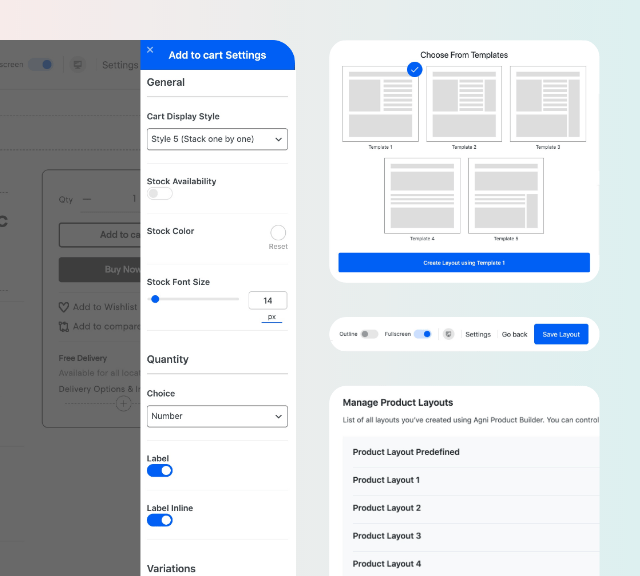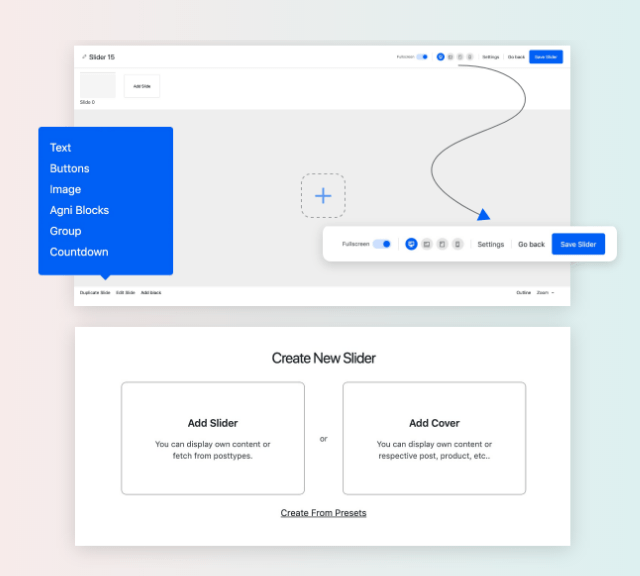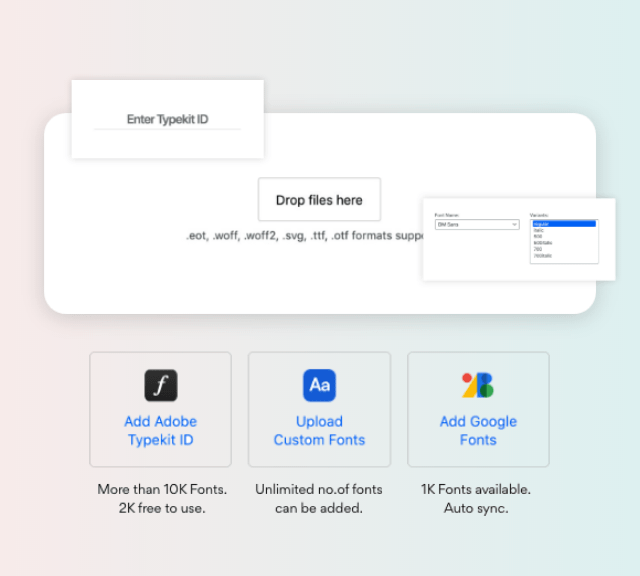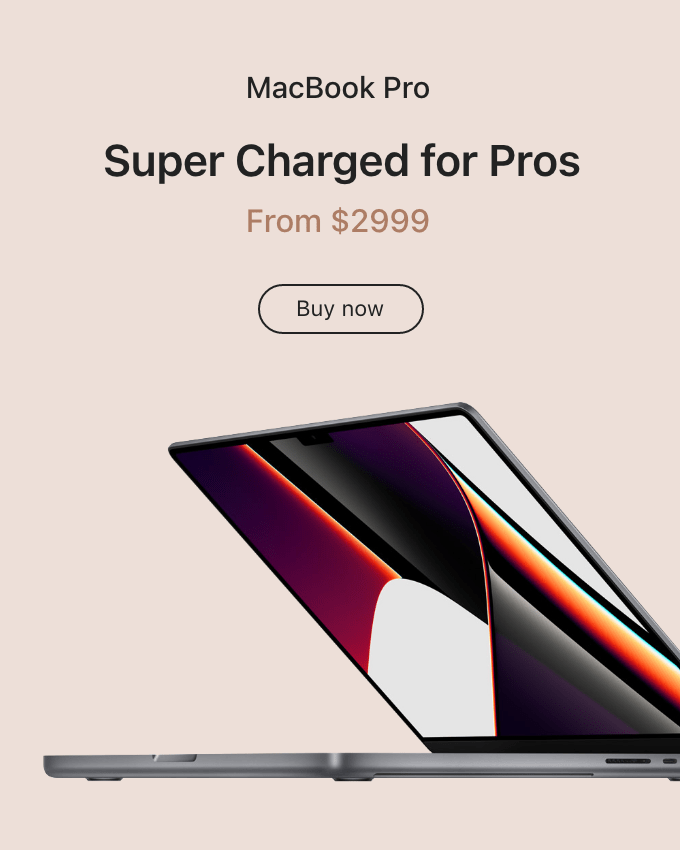Content

As such, it may spread the fixed cost of the lease at $10 per mug. If it produces 10,000 mugs a month, the fixed cost of the lease goes down to the tune of $1 per mug. You know how much you will owe each month for fixed expenses.

The marginal cost of producing 300 more shirts includes variable costs but not fixed expenses. Along with variable costs, fixed costs are one of the two components of the total cost of a good or service offered by a business. They are business expenses https://www.bookstime.com/accrual-basis that do not change as the level of production fluctuates. On the other hand, variable costs are considered volume-related as they change with the output. When you’re pricing your products, analyze both average fixed costs and total fixed costs.
What are business fixed costs?
Prestige cannot trace indirect costs (or overhead costs) to production directly. Instead, they allocate these costs to business activity levels. When the company incurs repair costs on machinery—a variable indirect cost—they cannot trace those costs back to production. So Prestige allocates repair costs to the machine hours required in a year.
- You need to plan to cover fixed expenses during slow sales months.
- This expense may fluctuate depending on production (for example, there would be an increase in utility expense if a manufacturing plant is running at a higher capacity utilization).
- A company usually uses a single cost-allocation basis, such as labor hours or machine hours, to allocate costs from cost pools to designated cost objects.
- There are probably a few applications you have on your computer right now that you have never used.
- That said, advertising isn’t affected by sales or production levels so it is said to be a fixed cost, according to Inc.
You can plan for fixed costs by looking at your business’s break-even point. The break-even point occurs when your income is equal to your expenses. As a small business owner, you manage many different expenses.
Examples of fixed cost
They often have to do a lot of business just to cover their fixed costs. Fixed cost refers to the cost of a business expense that doesn’t change even with an increase or decrease in the number of goods what is a fixed cost in business and services produced or sold. Fixed costs are commonly related to recurring expenses not directly related to production, such as rent, interest payments, insurance, depreciation, and property tax.
The rent remains the same for this amount of time and does not go up more just because the company sells more or less of a product or service. A fixed cost, on the other hand, does not change or fluctuate with sales volume. A fixed overhead cost remains the same whether a company sells one of an item or 1,000 of an item.
Start Marketing Your Business Online
Understanding the difference between the two can help you make better decisions about your cash flow, expenses, and the impact they have on profitability. On the other hand, some businesses have low fixed costs and higher variable costs. For example, a mobile dog groomer might have few fixed expenses in between jobs but have higher variable costs (such as mileage, shampoo, dog treats, and accessories).

They work the same number of hours every week, so payroll is generally fixed. The owner took out a business loan some years ago to buy equipment and she regularly pays interest on the balance. She is also required by her state to pay for a Pet Grooming Facility License on an annual basis. In general, keeping fixed costs low is a smart financial strategy. Profits don’t skyrocket after all the fixed costs are covered, as they do with high-fixed-cost ventures. If a company has taken out any loans, their loan repayment is also a fixed cost.
As a result, direct labor costs are now regarded as fixed costs. Fixed costs remain the same regardless of whether goods or services are produced or not. As such, a company’s fixed costs don’t vary with the volume of production and are indirect, meaning they generally don’t apply to the production process—unlike variable costs. The most common examples of fixed costs include lease and rent payments, property tax, certain salaries, insurance, depreciation, and interest payments. They tend to be recurring, such as interest or rents being paid per month.
Having a firm understanding of the difference between fixed and variable and direct and indirect costs is important because it shapes how a company prices the goods and services it offers. Knowing the actual costs of production enables the company to price its products efficiently and competitively. Several useful formulas use fixed and variable expenses, including the breakeven-point-in-units formula. This breakeven-point-in-units formula calculates the number of units you must sell to cover all costs.
What is fixed cost?
Reuters, the news and media division of Thomson Reuters, is the world’s largest multimedia news provider, reaching billions of people worldwide every day. Reuters provides business, financial, national and international news to professionals via desktop terminals, the world’s media organizations, industry events and directly to consumers. The company, which serves more than 32 million customers in 41 states, has been paying about $2.2 billion in annual programming costs to the entertainment giant. Programmers are seeking more revenue to pay the escalating TV rights fees demanded by sports leagues to broadcast their games.
- Along with variable costs, fixed costs are one of the two components of the total cost of a good or service offered by a business.
- It’s easy to imagine a scenario where fixed costs are not sunk.
- That’s because as the number of sales increases, so too does the variable costs it incurs.
- The concept is used in financial analysis to find the breakeven point of a business, as well as to determine product pricing.
- The Wix website builder offers a complete solution from enterprise-grade infrastructure and business features to advanced SEO and marketing tools–enabling anyone to create and grow online.








































